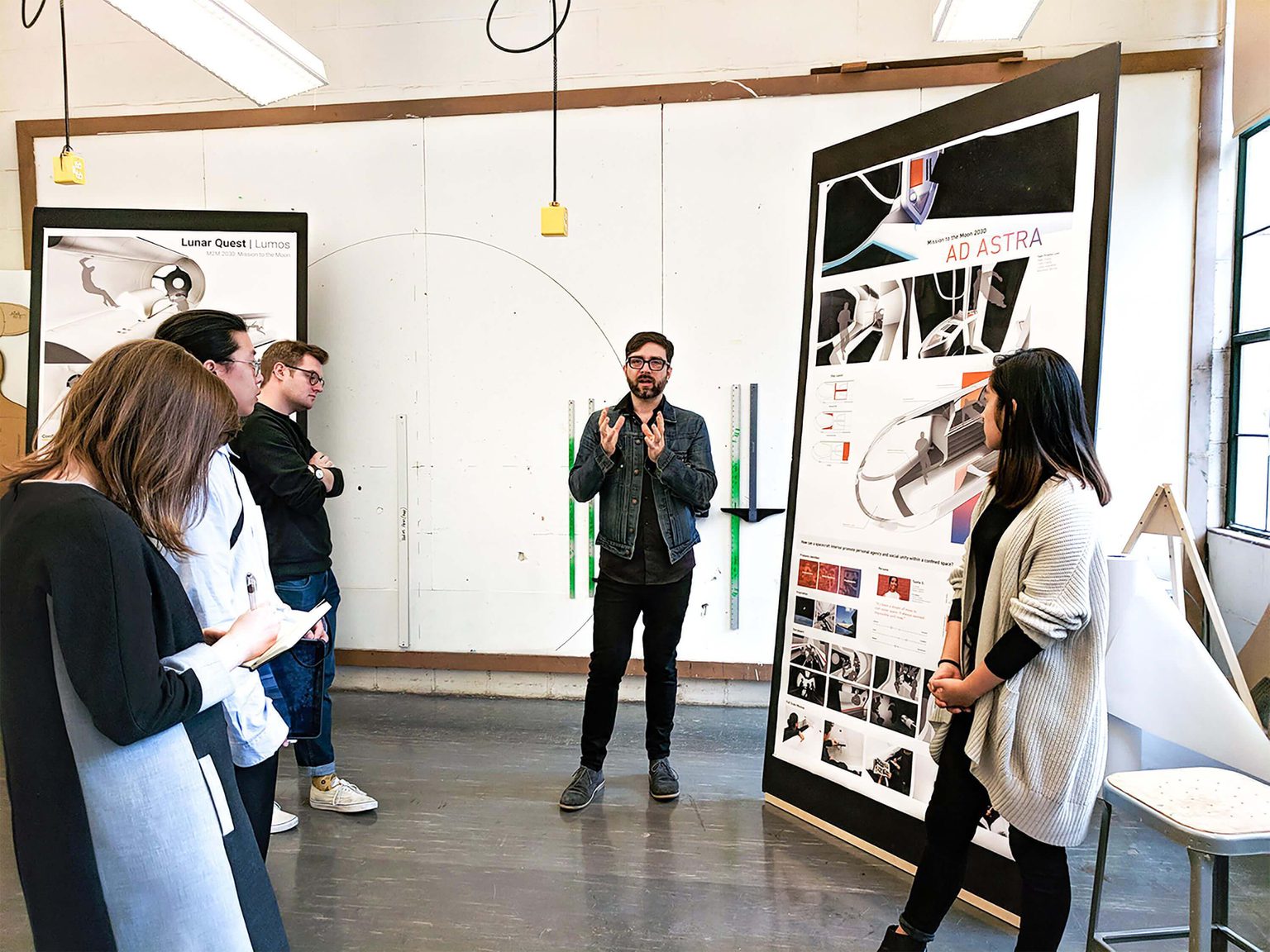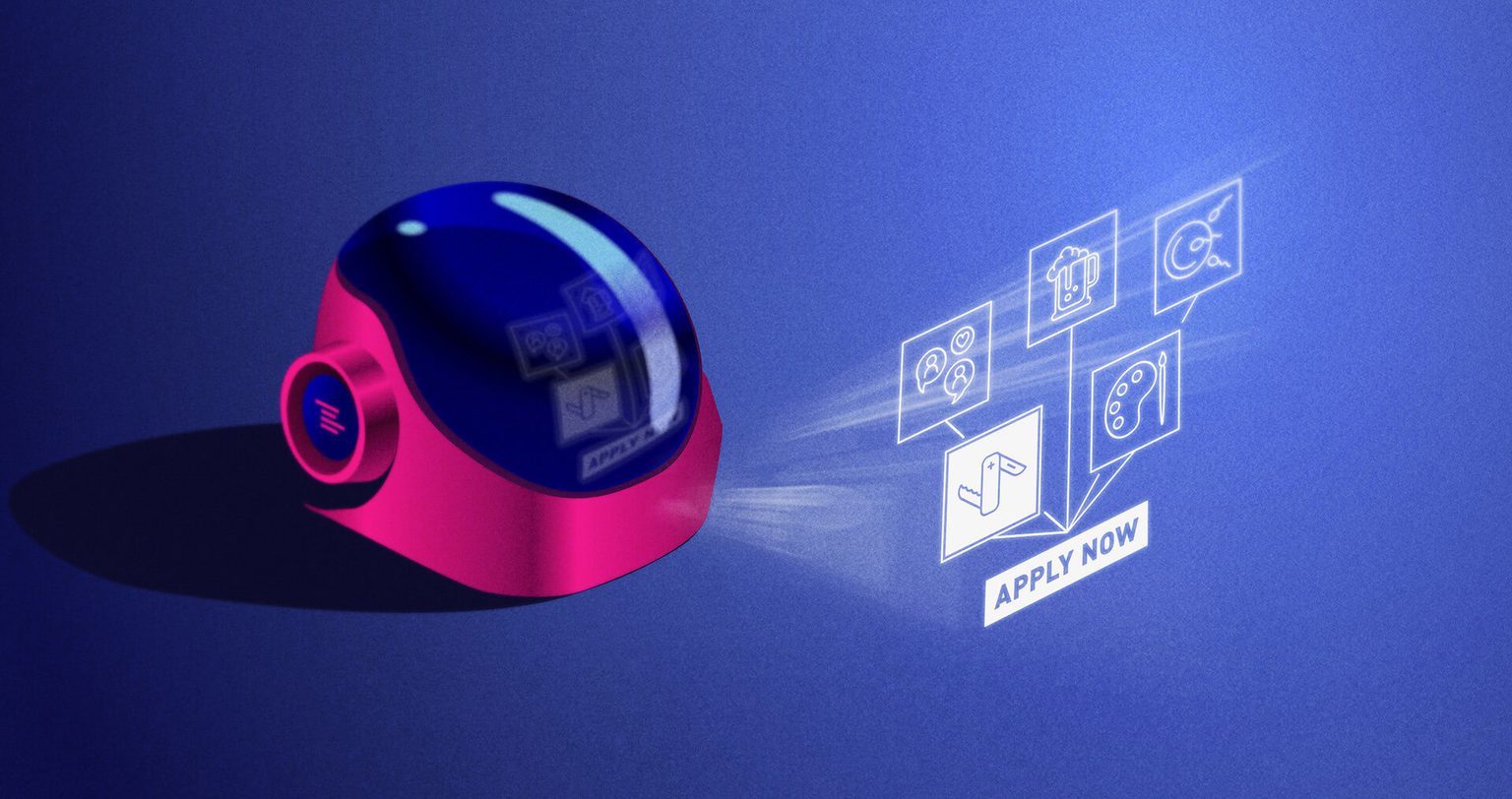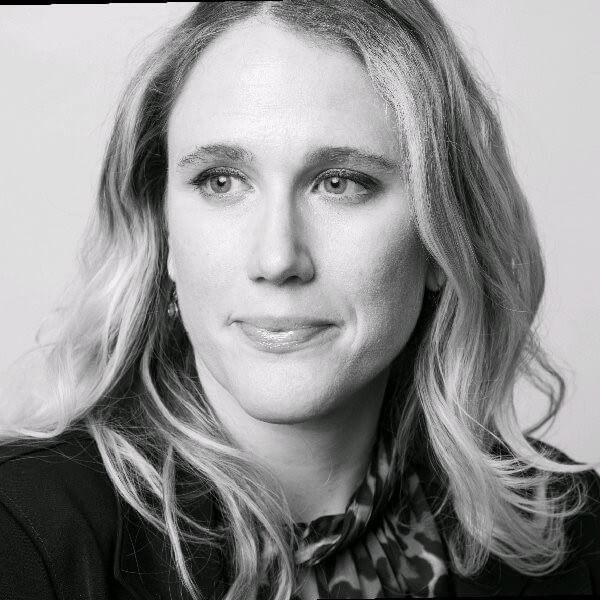
Space

Devin Liddell & Kara Cunzeman

Devin Liddell
Principal Futurist

Kara Cunzeman
Lead Futurist, The Aerospace Corporation
Humans have been living and working in space since the first crew arrived at the International Space Station (ISS) in late 2000. Over those 20-plus years, we’ve accelerated toward the next era of the Space Age, in which we sustain new human activities—spanning research, exploration, and industry—in orbit, on the Moon, on Mars, and beyond. As we work toward this leap forward in the human story, it’s worth reflecting on the new kinds of jobs that might feature in this next chapter, especially since the people who will do this work are developing their talents and capabilities in primary and secondary schools right now. Here are five jobs that we see making important contributions to the space workforce of the future.
Getting along in space—with long, cramped transits and smaller, shared off-world habitats the early norms—will be essential to maintaining mental health, equity, and inclusion. Artificial intelligences will play key roles in helping emotionally tune both individuals and groups in these demanding settings. For starters, A.I. is already great at something many humans aren’t: listening. With this ability to sense, A.I.s will perceive stress, anxiety, and depression—and then help people move through those emotional states in healthy ways. A.I.s will also help groups maneuver conflicts and develop compromises. This won’t be a solo effort, though; these responsibilities will be a two-entity collaboration between an A.I. trained in monitoring and managing personal and interpersonal dynamics and a human with those same social-architect skills. The human part of that duo will also take on the important task of coaching the A.I. through new data sets. That’s because A.I.s are a reflection of the data sets that have informed how they perceive the world around them and solve problems. Without a human collaborator who shares that A.I.’s mission, A.I. “get-alongs” might inadvertently replicate the flawed social structures we have on Earth. So, we’ll need human social architects who can both train their partner A.I.s and provide unbiased data sets for designing new ways forward.
Boredom and isolation are big villains in space. With people literally hundreds of thousands of miles away (the Moon) or hundreds of millions miles away (Mars), cases of the Moon blues and Mars blahs could create far-from-boring threats to missions both in transit and off world. Here, art will play a vital role in the human experience—just like it has since we were living in caves and painting on rock walls. Put simply, art interprets and improves the experience of being alive, and that will be just as true in space. For artists across all sorts of disciplines—from painting and photography to filmmaking and music—space will present all-new challenges and opportunities both creatively and technically. Astronaut Nicole Stott painted with a watercolor set while onboard the ISS and noted how that medium required different techniques in space simply because the surface tension of liquids behaves so differently in zero gravity; her work has since been described as “Cosmic Impressionism.” In 2017, artist Eyal Gever used a gravity-independent 3D printer on the ISS to create the first sculpture in space, a process that had to account for limited electricity and NASA’s aversion to sharp edges. These are just the earliest forays. What will be the first motion picture filmed entirely in zero gravity? What new kinds of performance art will be possible in different types of gravities? Will we invent entirely new musical instruments in response to our off-world surroundings? How will paintings and photographs made in space inspire viewers in those communities and on Earth? Human history is recorded in our arts, and that will continue as humanity expands beyond this planet.
Beer has featured in human civilizations for more than 7,000 years and has even been credited for our ability to develop those civilizations. With a history like that, we’re unlikely to give up our suds because of a change of scenery—especially since we’ve taken it with us everywhere we’ve gone before. That said, brewing on the Moon and Mars will be challenging. The Moon is very dry but there are large amounts of water ice stored in its poles. Martian surface water is likely very salty. Both scenarios will be challenges to a cornerstone of the brewing process. So, too, will be growing barley and hops with artificial lights. To further complicate things, beer’s signature foamy head will behave differently on the Moon and Mars due to their unique atmospheric pressures. If all that weren’t enough, beer will even taste differently off-world since different gravities alter our senses of smell and taste. This is all to say that Lunar and Martian brewers will be breaking all-new ground in the history of humanity’s favorite beverage.
Since the Space Age kicked off with Sputnik 1 in 1957, we’ve added nearly 5 billion people to our population on Earth. As a species, we are really good at multiplying. We also really enjoy sex when reproduction isn’t part of the motivation. Getting pregnant in space, though, is fraught with risks and hazards—most notably cosmic radiation that diminishes sperm counts and damages developing zygotes. And just having sex in space presents some ethical, logistical, and biological challenges. Onboard a spaceship, two crewmates getting their groove on is potentially an HR and morale nightmare. That’s if they can solve for the challenges of getting intimate in the first place; space suits aren’t designed for this activity and going au naturel isn’t an option since droplets of sweat and other body fluids are a danger to onboard electronics. Microgravity also decreases our blood pressure, creating arousal problems for both men and women. Things don’t get easier after landing, either. It’s currently unknown how the human reproductive system—which has evolved to work in Earth’s gravity—will function on the Moon or Mars. This means that the future of our species beyond Earth will require a new generation of sex therapists and reproductive specialists.
There’s a tendency to think of future jobs through the lens of specialization. This is partly because new jobs often spring from all-new categories; e.g., “Blockchain developer” as a new occupation emerged from the that technology. While we’ll also need new kinds of specialists, the unique demands of living and working in space will put a premium on a new class of interdisciplinary generalists. A lot can go wrong in space, and the limits of in-transit payloads and off-world habitats means there will be fewer people to solve those problems. We’ll need professionals who could easily have ands in their titles; a salvage engineer who’s also a photographer and mission historian, an orbital grid operator who’s also an astro-botanist, a space medic who’s also a certified zero-gravity fitness instructor. The space workforce of the future will require a lot of “Space MacGyver” types who combine technical proficiency, critical thinking, and improvisational problem-solving. Those are the people who will sort through a lot of the early, hard-to-anticipate challenges of living and working and space, and it’s their talents that will likely help define the culture of communities that emerge as we pivot from just surviving in space to thriving in space.
This article was originally published in Fast Company magazine